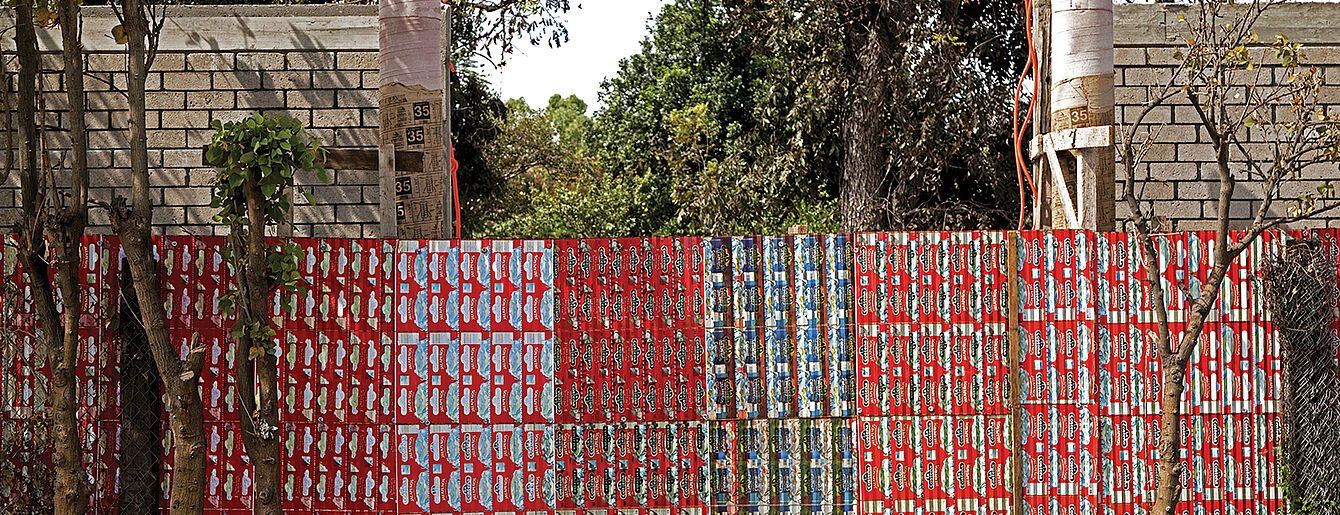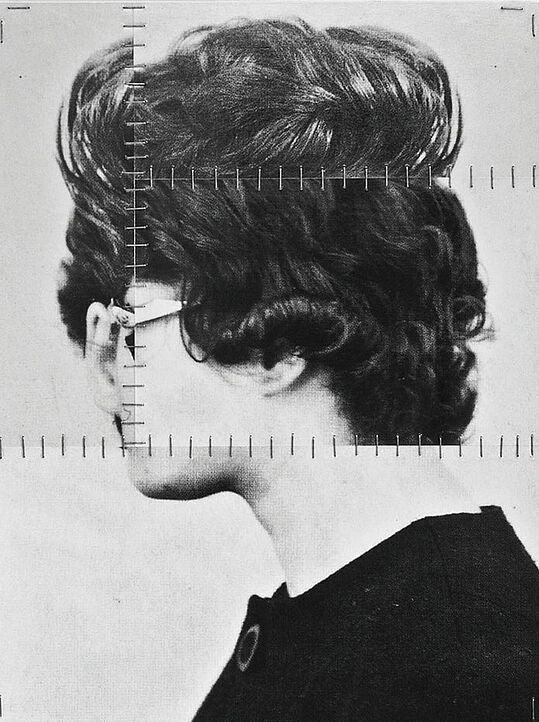
Eintritt frei
Fotogalerie Wien
Collage III
Dadaist and poet Tristan Tzara called the invention of the collage the most revolutionary moment in the development of painting and meant by that the fundamental break with established forms of artistic representation that it symbolised. Implicit to the technical processes of what comprises collage — gluing (Fr. coller), scratching, cutting, tearing, folding, mounting, assembling and de-composing etc. is the potential for radicality. While the papiers collés of the Cubists drew their sustenance from used, discarded and apparently banal sources, we are surrounded today with multiply reproduced, re-formatted and re-edited copies of constantly accumulating digital debris. The current focus of the Fotogalerie Wien will present four exhibitions and includes a wide spectrum of methods and processes used in collage in contemporary photo and video art. This renders the narrative and autopoietic strengths of this art form visible along with its innovatory energy as one of its fundamental and most evident characteristics, especially in relation to new technologies or spatial and sculptural expansions. The drift of the images is also always guided by energies that are anarchistic, driven by chance and play.

